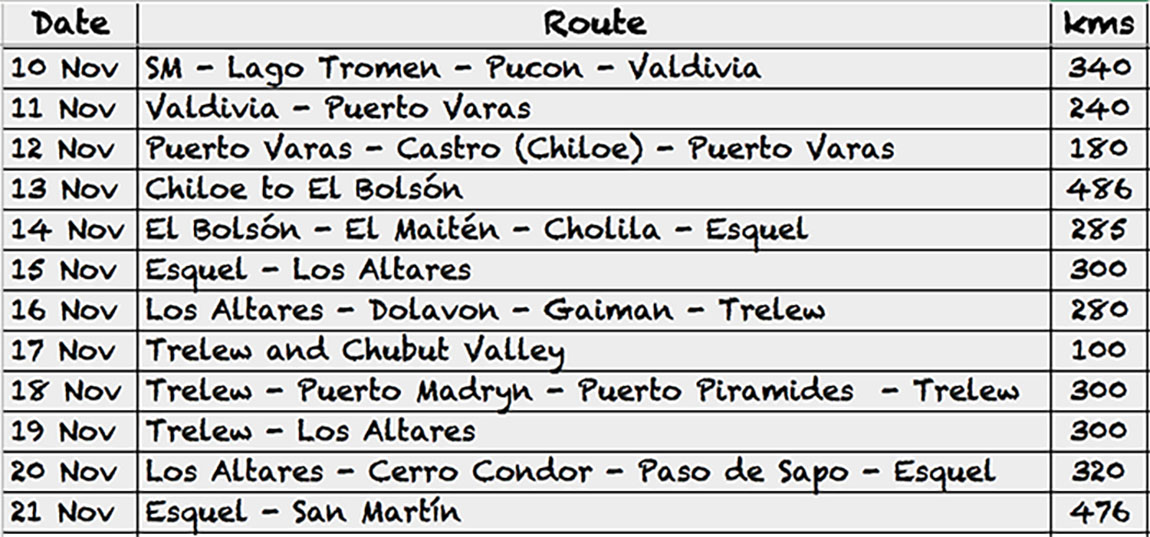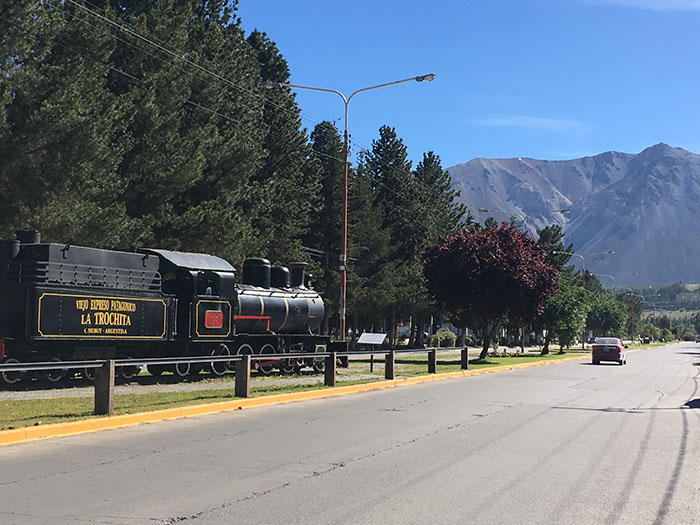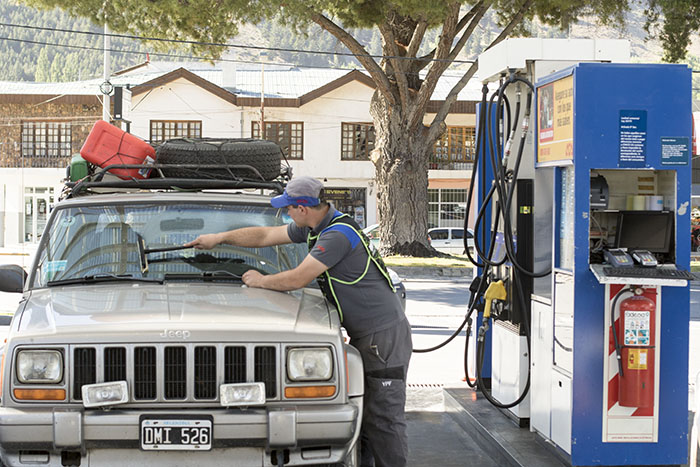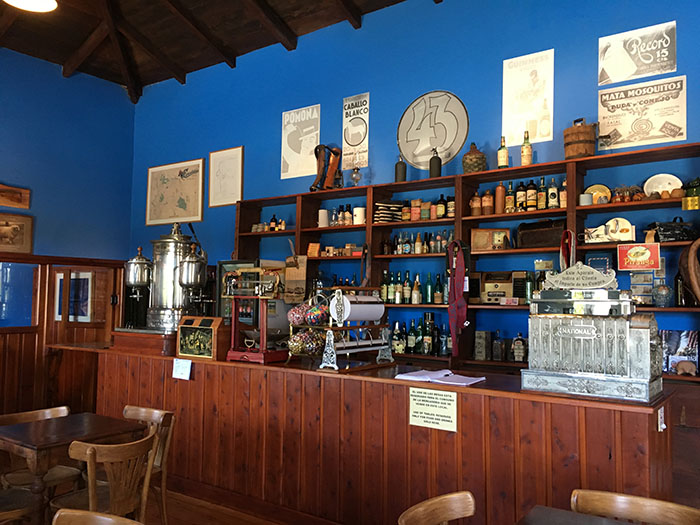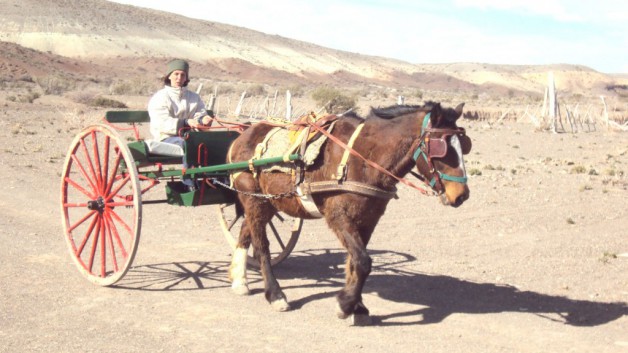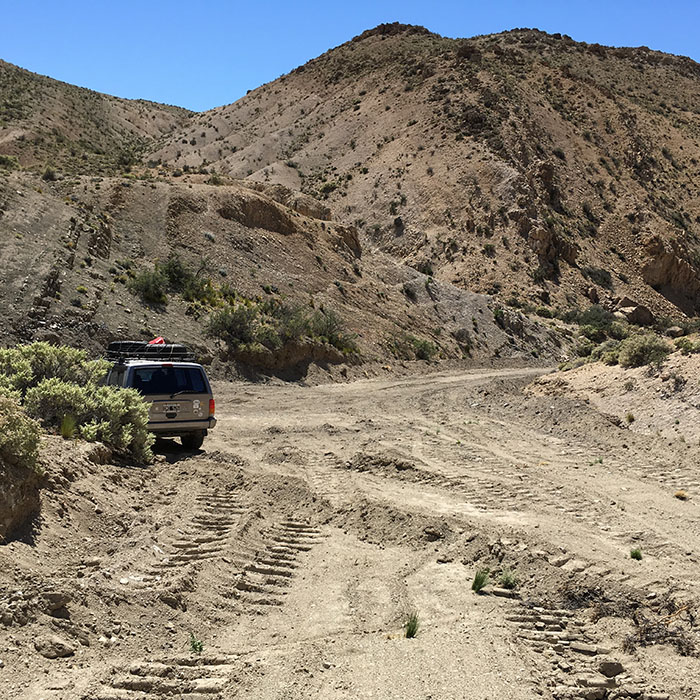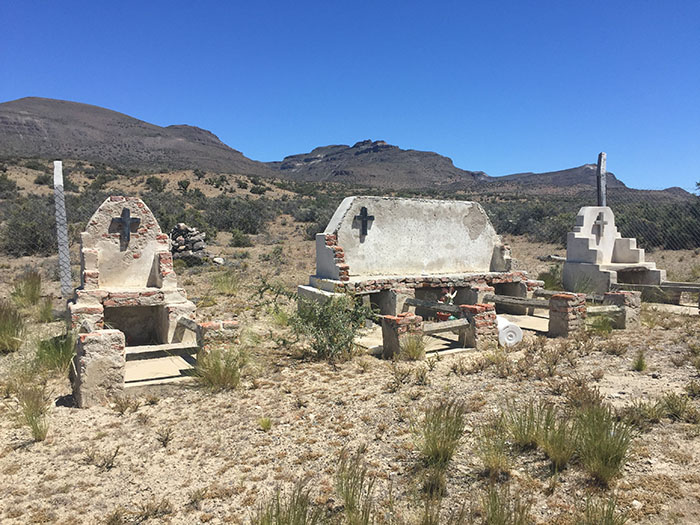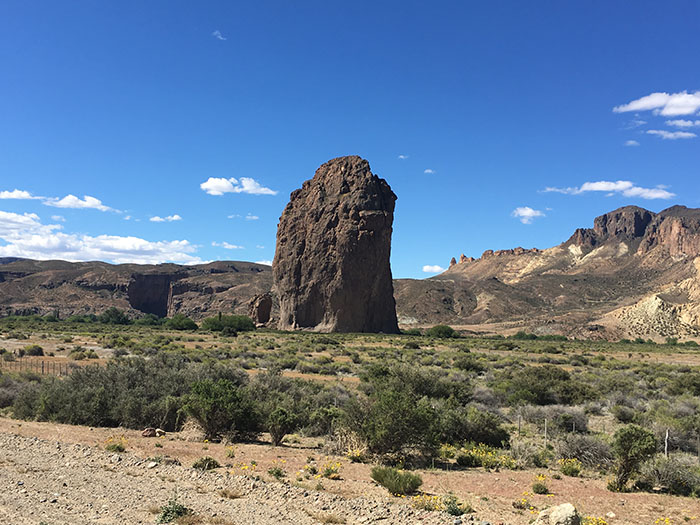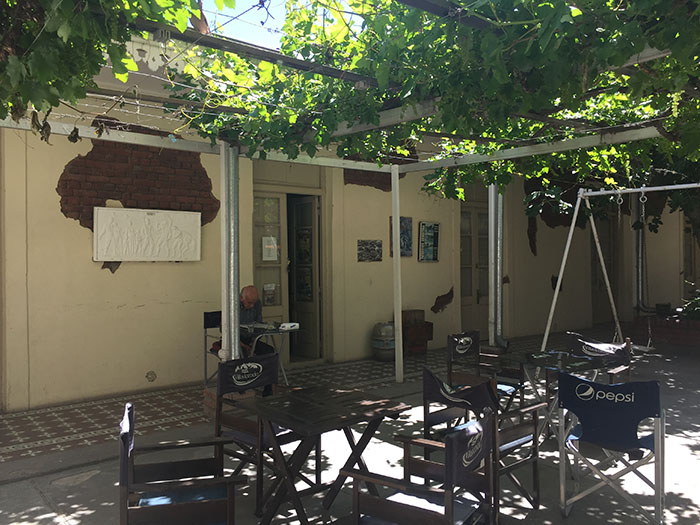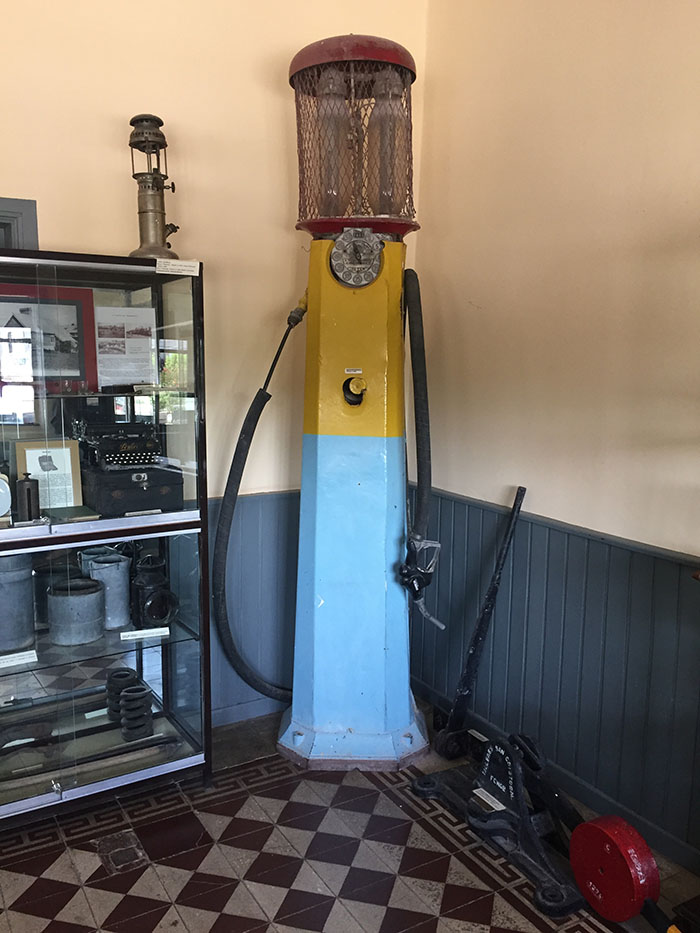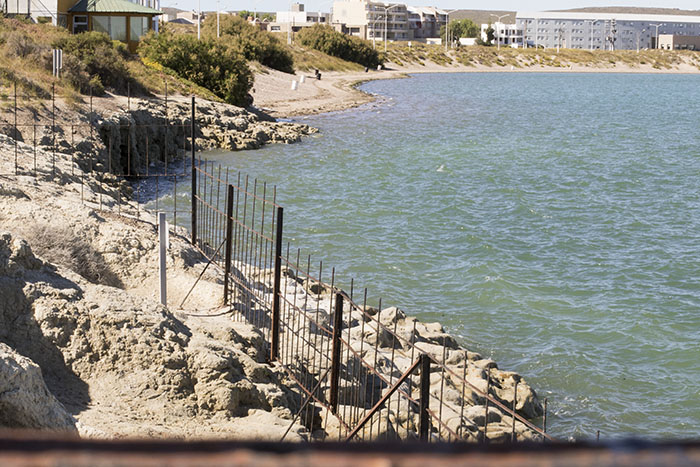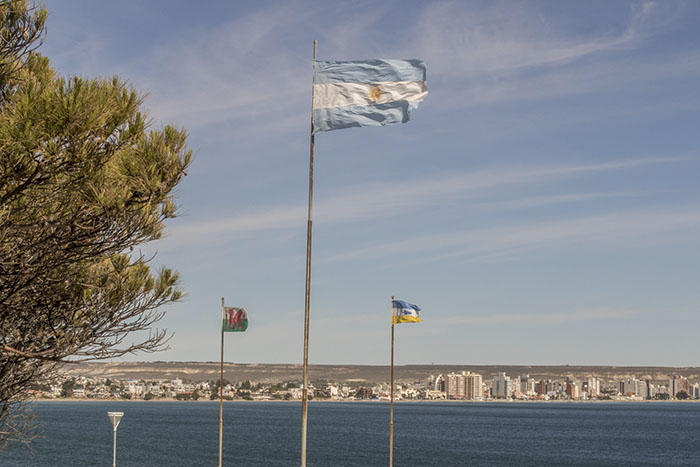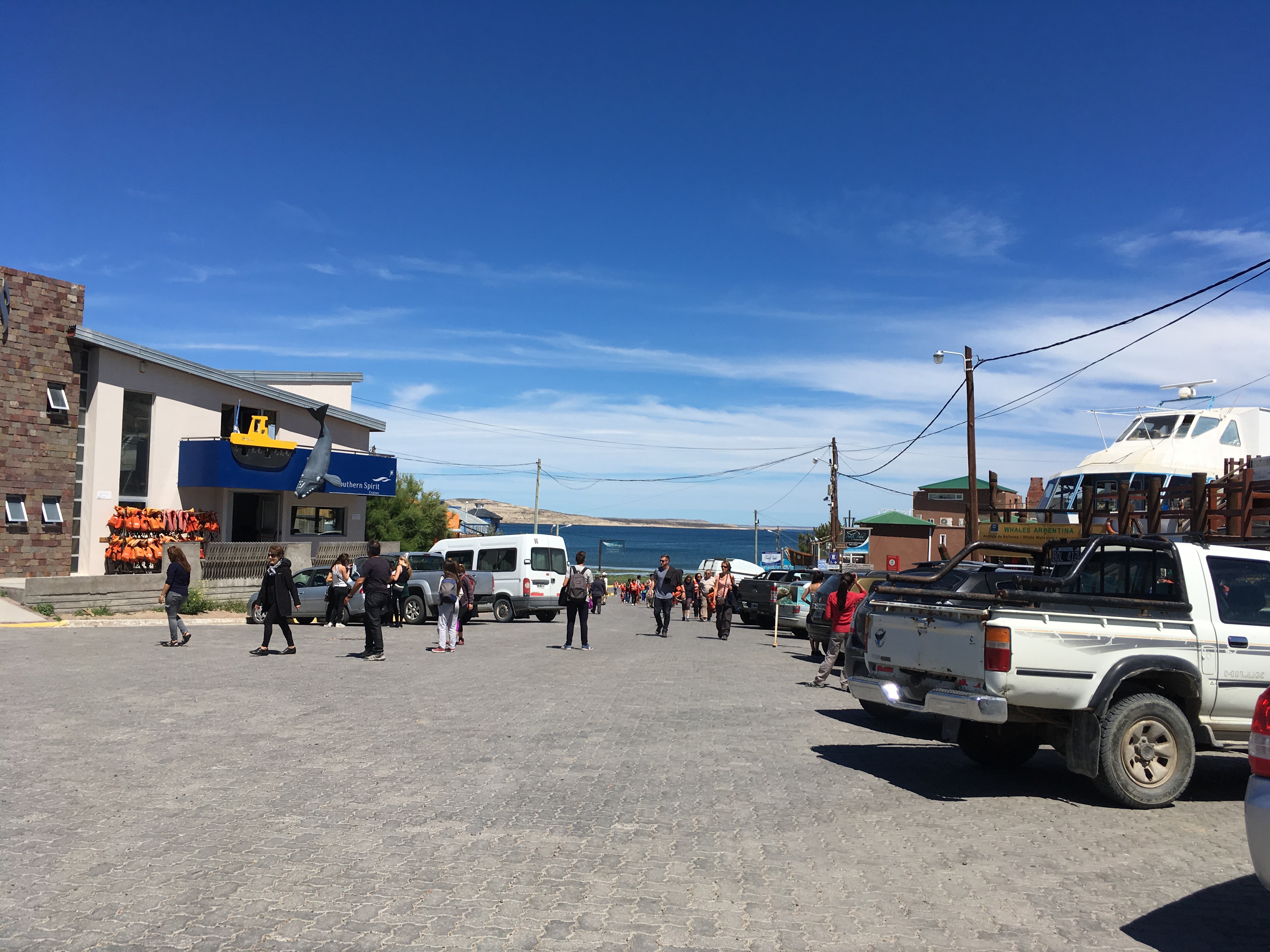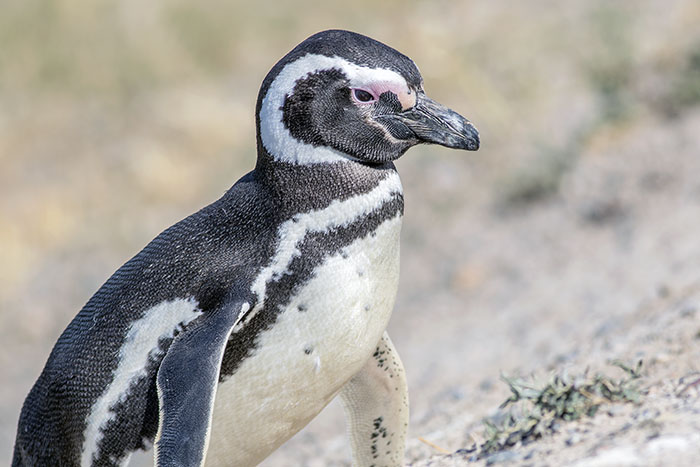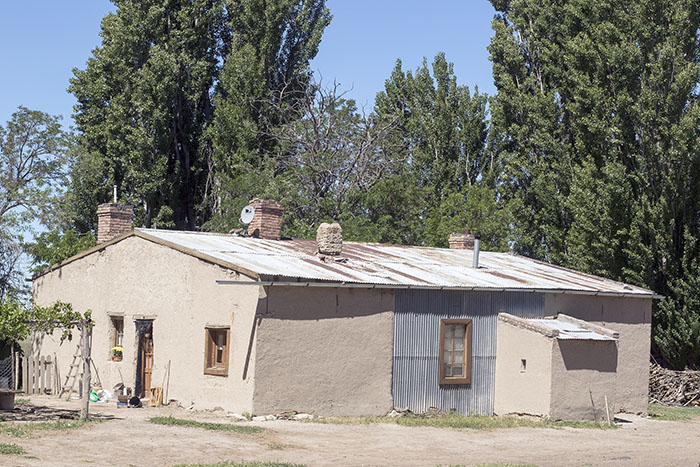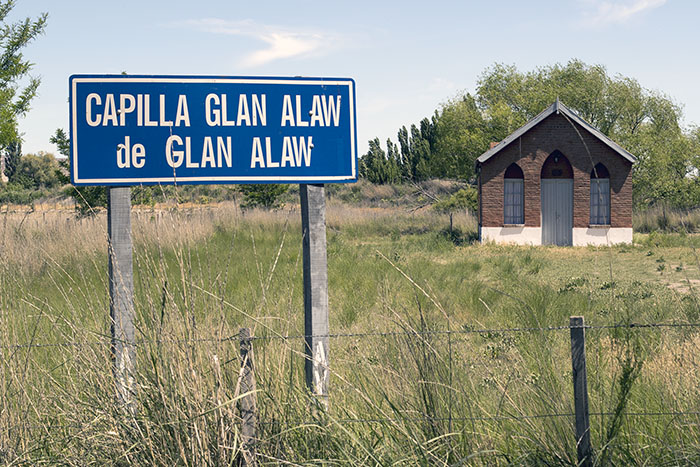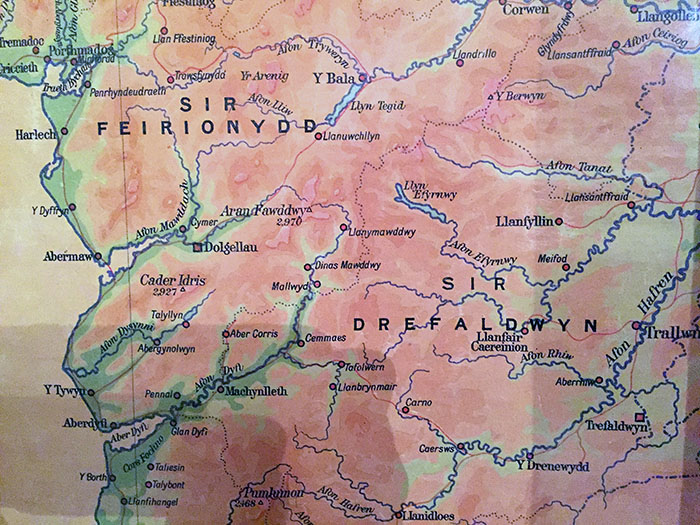Monday 14 November, 2016; El Bolsón – El Maitén – Cholila – Esquel
We left El Bolsón intending to sleep the night in Esquel. It rained almost without interruption, again making it difficult to take many photographs, although we did have a couple of brief patches of sunshine.
We set off for El Maitén, one of the stations on the Old Patagonian Express, a narrow gauge train made famous by another English language writer on Patagonia, Paul Theroux.

Crossing the lines of the trochita as we approached El Maitén
Locally the train is known as La Trochita and the service between Ingeniero Jacobacci and Esquel was opened in the 1940s with German and North American locomotives.

One of the original trains that hauled the trochita
In El Maitén there is a small museum of the railway line and also the chance to visit the railway sheds where a number of workers are still turning out parts and servicing vehicles. The long (402 km) original line has long been closed but it is still run as a heritage railway with short excursions from both El Maiten and Esquel, but no longer between them.

Monument to former workers on the Trochita
It is not just narrow gauge, which is defined as up to 1,067 mm (3 ft 6 in) but very narrow gauge, at only 750 mm (2 ft 5 1⁄2 in).

Locomotive in the engine sheds, being overhauled
The engine sheds were fascinating, and we couldn’t help thinking of the many UK fanatics who would have been ecstatic to see this relic of the steam age.

Caroline on the platform at El Maitén, waiting for a train
We were interested to see the building techniques around the area, with flat planks or perhaps slabs of stone piled on top of each other, and wondered whether this was a Welsh import. We shall find out soon as we enter the Welsh belt.
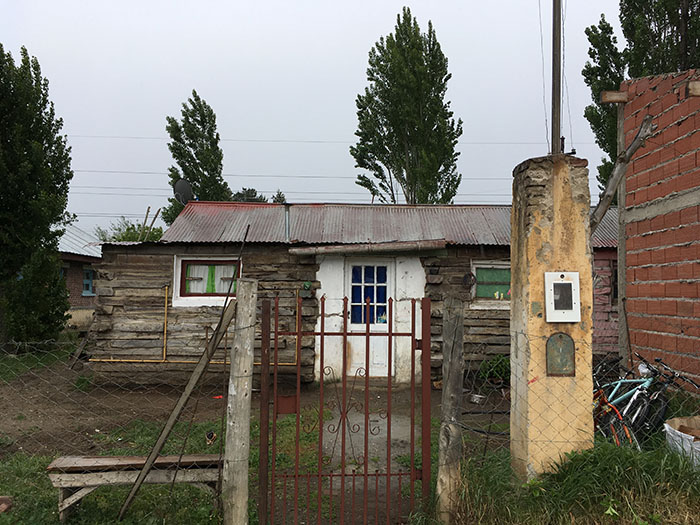
Typical building style with horizontal slabs of wood or stone
After exploring the station and engine sheds it was time for a coffee. As we partook, we were mesmerised by a dark-eyed gaucho figure who divided his time between staring at us, smiling to himself and supping his beer (Quilmes Crystal, a beer best avoided).

A happy man …
Our next stop was Butch Cassidy’s cabin, some 12 km north of Cholilla on Route 17. Fortunately Martin had been there before, so we had no trouble finding it but there are no signs until you get to the entrance and it is hidden from the main road. Fellow travellers are warned.

Caroline at the ‘entrance’ to Butch Cassidy’s ranch
The hand written signs go back, not sure how long, and I’m not sure of the purpose of the kiosk. We assumed that in the tourist season some enterprising local makes a few bucks charging admission to the property. The land ownership is currently under dispute and it is not at all clear who would have the authority to do this.

View as we approached the farm houses
As we approached the farm houses we felt how peaceful the area was, and imagined it as it would have been in 1901 when they built or bought it (versions differ), ‘they’ in this case being Butch (aka Robert Leroy Parker), Sundance (Harry Alonzo Longabaugh) and Etta Place (apparently her real name). Good place for birding too.

Could this have been a stable?
Although the function of the main farm house was clear, we could only guess at the purpose of the other two buildings. One of them (above) might perhaps have been a stable, and the other a general storage barn.

Caroline sitting in the sparsely furnished main house
Inside the farm house were three rooms (records refer to four but the property has been substantially restored), two with wooden floors and the third with a dirt surface – presumably for cooking and keeping a few animals when the winter got rough. In the picture below the extensive renovation work can be easily seen – until recently the building was almost completely collapsed.

Here we can see the three rooms, the nearest having a dirt floor
This is not the place to rehearse the story of Butch Cassidy and his exploits, but a starting point might be the section on him in Bruce Chatwin’s In Patagonia, “the narrative of an actual journey and a symbolic one”. It is certainly a story worth pursuing, but perhaps you should put aside most of the events portrayed in the film version with Robert Redford and Paul Newman.
We then set off once again for Esquel, along yet another long, straight Patagonian highway. It was still overcast, with heavy rain for much of the journey. We had seen very little traffic all day, the way we like it.

The open highway that took us to Esquel
We finally arrived in Esquel, where we checked into a rather swish hotel and went out for dinner with an old friend, Clare. In fact we drove over to Trevelin where Clare lives, and as we entered the restaurant we saw the Welsh and Argentine flags entwined around the restaurant sign. We have arrived in Welsh Patagonia.

